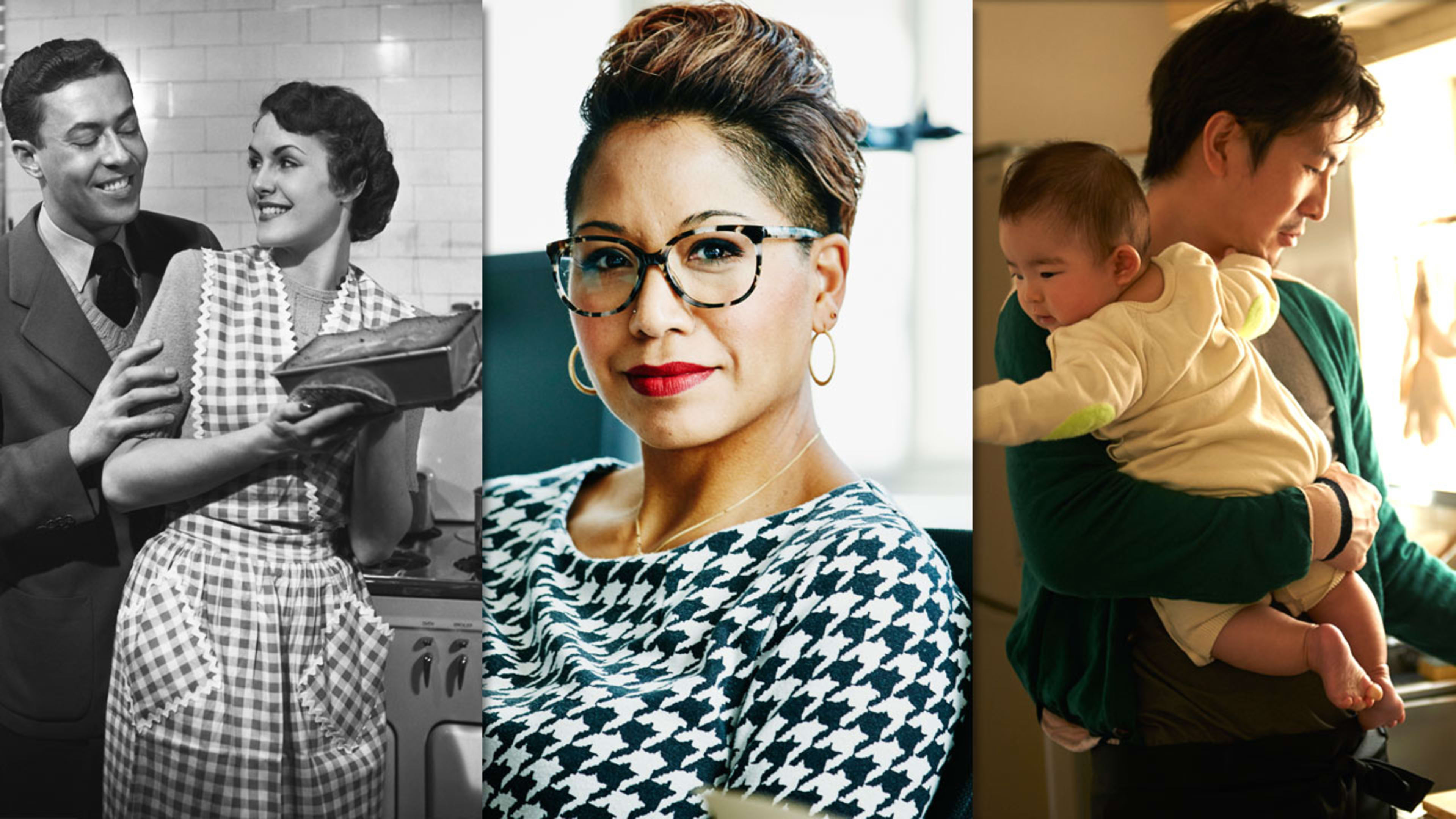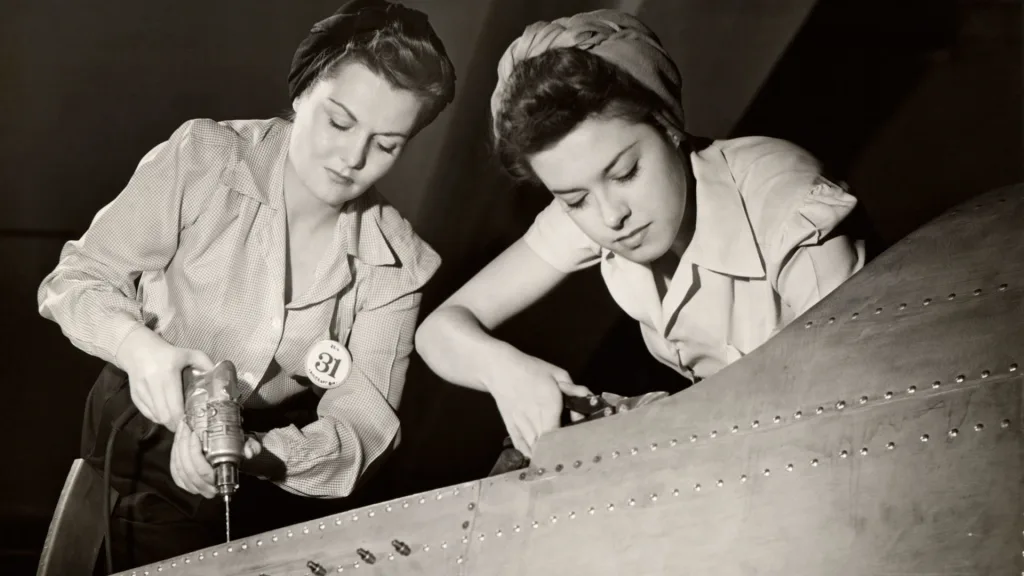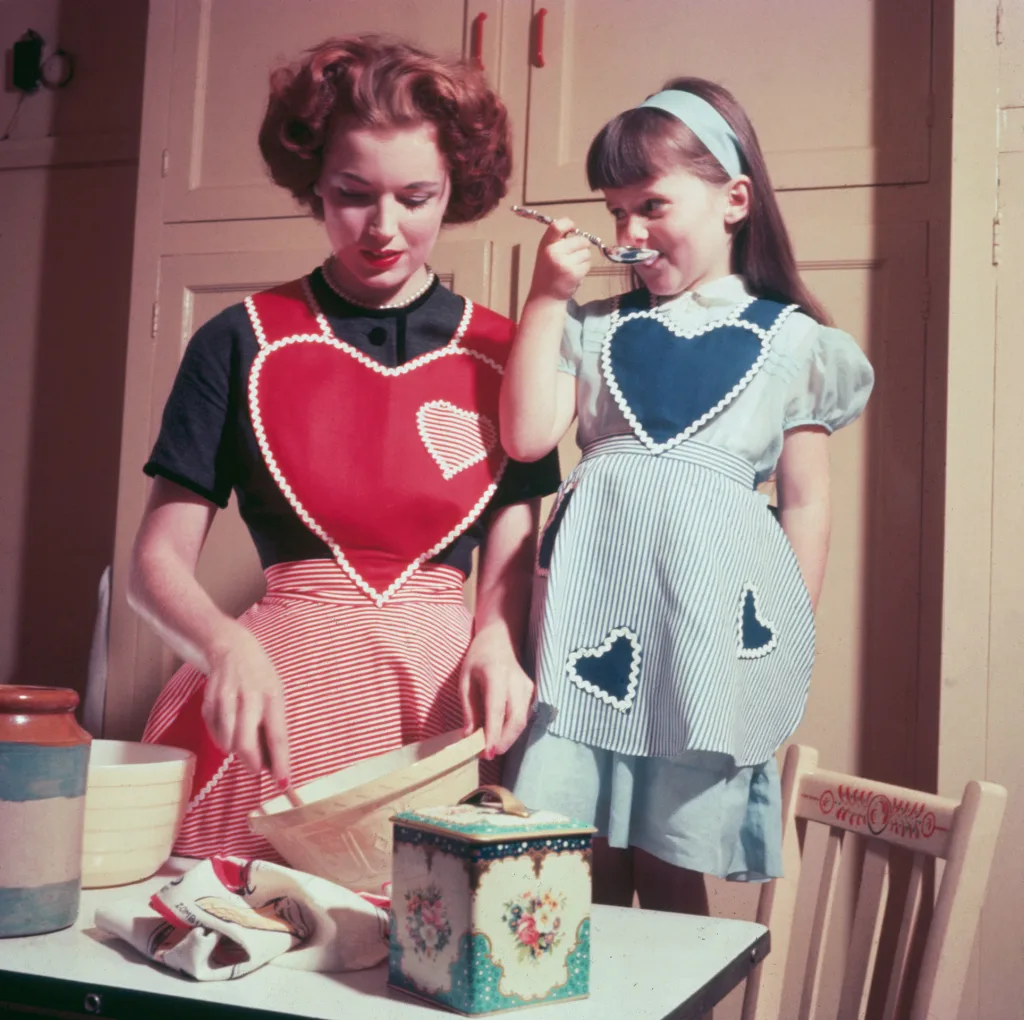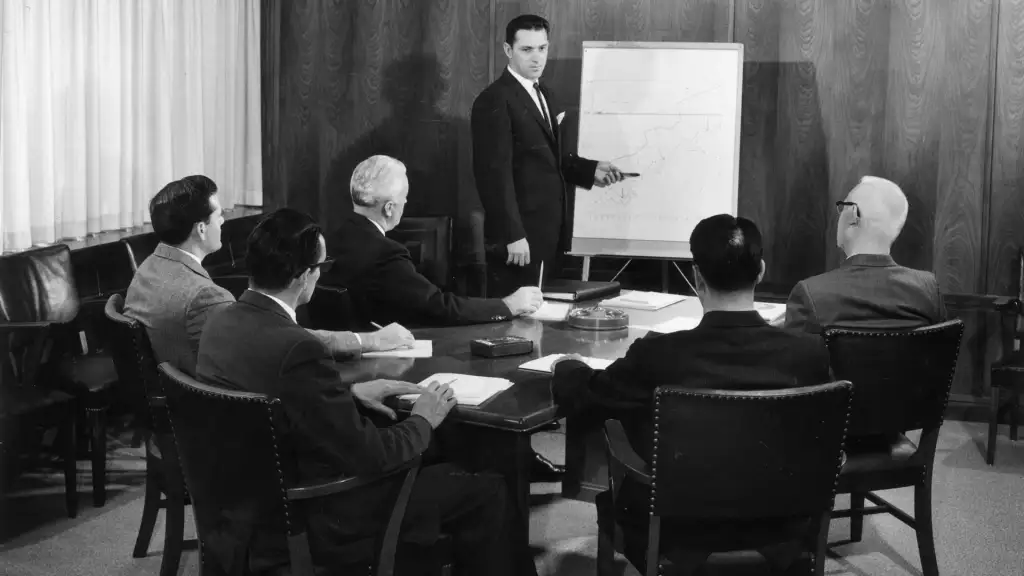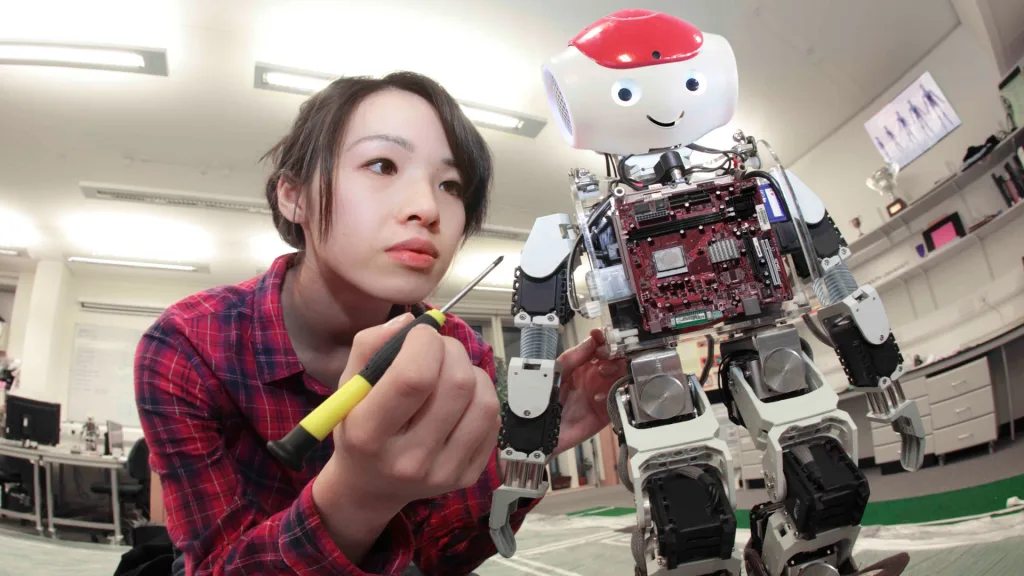A picture is worth much more than a thousand words.
Neuroscientists from MIT recently discovered that the human brain can process entire images in just 13 milliseconds, much faster than the 100 milliseconds studies had estimated. They also found that the brain can extract meaning just as rapidly, even when it can’t predict what will be shown. In contrast, it takes up to 600 milliseconds for the brain to think of a word, apply grammar, and then say it out loud.
But there’s another layer to the power of visual stimuli. As Lindsay Morris, senior manager of creative planning at Getty Images, puts it, “Imagery has the power to influence, inspire, and challenge stereotypes.” For a stock photo company that’s produced some 200 million assets, Getty has learned to “recognize the responsibility that comes with that,” she says.
That’s partly because Getty Images carefully watches what users in close to 200 countries are searching for. For example, there’s been a spike in searches for images of women in tech, says Morris; over the past year, “women coding” searches have increased 211% and those for “female programmer” have gone up 144%. This comes on the heels of curated collections Getty has launched, like one designed to represent more inclusive global beauty standards and another, born out of a partnership with Sheryl Sandberg’s nonprofit, LeanIn.Org, that aims to break down gender stereotypes. “This is really juicy stuff,” says Morris, who’s encouraged by the progress but admits there’s still a long way to go.
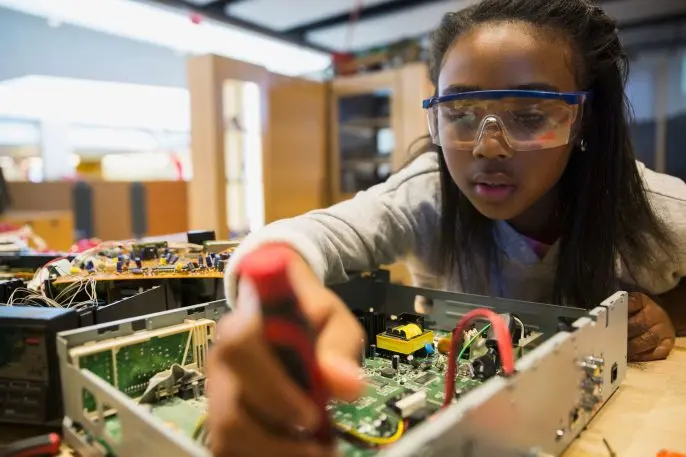
Morris knows these stereotypes have been perpetuated over the decades, so she and her team work with clients to brainstorm new ways of presenting images to encourage people to look beyond those gender norms. “Often in the past, imagery of women in business and technology roles have been framed by men,” Morris says, pointing to a photo set of women in tech that juxtapose vintage photos from Getty’s archive with those from its Lean In collection.
In one image of women working on a computer from the ’60s, Morris notes that there’s a man who appears to be instructing her in the corner of the frame. Likewise, although women have always worked in construction, technology, and the military, the women depicted assembling aircrafts during World War II are usually styled in a very feminine way.
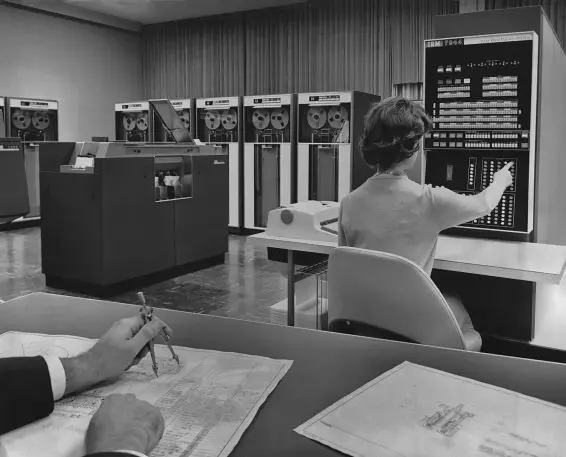
In response to a “huge trend” in which customer search terms like “women in technology” rose 111%, “women and STEM” spiked 526%, and “female CEO” increased by 47%, all in just the past year, the Getty Images creative team is working even harder to show professional women standing on their own, instructing themselves, and being experts with authority, Morris says.
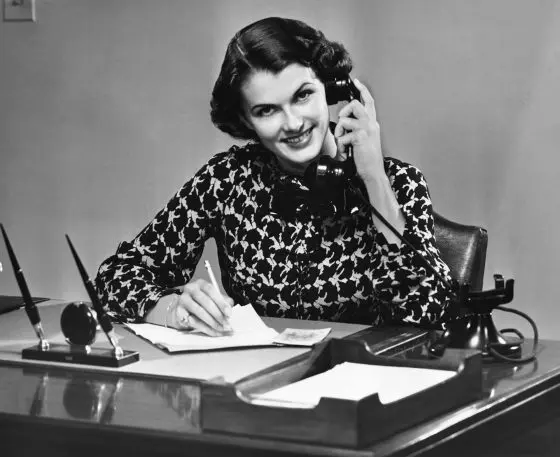
Getty Images is also monitoring the shift in domestic roles through the rise in searches for terms like “stay at home dad,” which has gone up 40% in the past year. That’s why “Lean In Together” has become part of the Getty Images Lean In Collection, Morris says. “Men today have complex identities, too, and it’s important that they see themselves in imagery,” she explains. “The script isn’t based on traditional gender roles anymore. There’s so much more to see.”
Recognize your brand’s excellence by applying to this year’s Brands That Matter Awards before the early-rate deadline, May 3.
